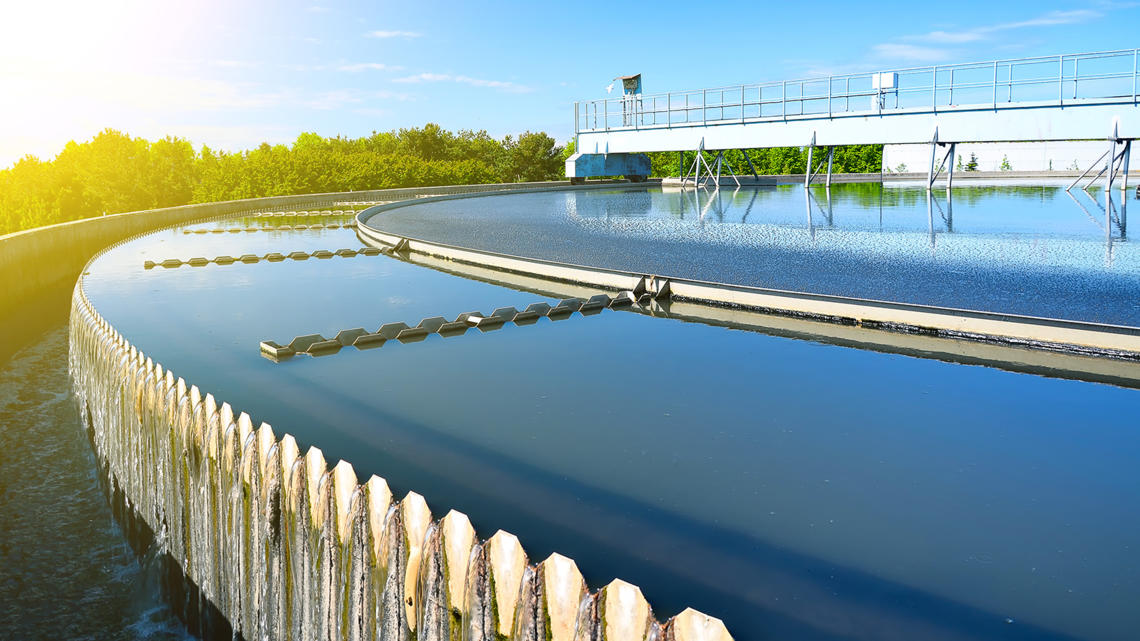
International Institute for Applied Systems Analysis (IIASA) researchers have developed a general decision-making framework to support policy decisions on the management of water resources, which, for the first time, explicitly takes into account the associated uncertainties.
Reliable access to clean water is one of the key aspects addressed by the UN Sustainable Development Goals (SDGs). In fact, most of the SDGs are in some way affected, either directly or indirectly, by growing water scarcity problems, which are likely to be further exacerbated by factors such as climate change and increased water extractions for use in, among other sectors, agriculture and industry.
In their study, the researchers analyzed the wide range of possible future conditions likely to pose significant planning challenges for water management authorities in vulnerable regions and river basins. The complexity of decisions around investments required for infrastructure and other system improvements, for instance, often carry a risk of being more harmful than helpful, and of incurring large costs due to failed investments. In addition, when the wrong decisions are made, it could ultimately lead to the degradation of valuable assets such as non-renewable groundwater resources and water-dependent ecosystems.
“Designing interventions to address water scarcity under climate change is challenging given the large uncertainties in projected water availability and demand. We identified changes in the uncertainty range of anticipated water scarcity conditions and based on this assessment, developed a general decision-making framework to support the design of policy options, which, for the first time, explicitly takes into account the associated uncertainties,” says Peter Greve, IIASA Water Program researcher and lead author of the study published in Nature Sustainability.
There are many options available to decision makers when it comes to addressing water scarcity. These include investments in water storage and transfer infrastructure, desalination plants, more efficient irrigation systems, improved crop water productivities, as well as water trade and economic incentives.
“As most of these solutions require substantial expenditure, it is crucial that decisions on investments and interventions for water management at all scales are based on reliable projections of future water scarcity. The reliability of such projections are however subject to uncertainties related to the wide range of anticipated socioeconomic developments, climate change conditions, and methods that we will be faced with in the future,” explains Taher Kahil, another Water Program researcher and one of the coauthors of the study.
Water-sector challenges may of course also vary considerably between countries and regions facing different levels of water scarcity under future uncertainty. While gradual improvements in water-use efficiency, for example, may be enough for areas with a minor and relatively certain increase in projected water scarcity, for areas facing severe water scarcity now and high uncertainty in the future, longer-term planning could pose a particular challenge.
Previous assessments of future water scarcity and associated adaptation and management options were wholly based on either single models or multi-model averages. The framework developed in this study, now account for the large range of uncertainty, based on a set of 45 water scarcity projections representing different socioeconomic pathways, climate change conditions, and modeling approaches. In addition, the researchers also provided guidelines at grid-scale, thereby going beyond the commonly used country- or basin-scales.
To help understand the potential policy implications of their findings and guide the planning for large-scale adaptation strategies in coming decades, the researchers defined four clusters (or challenge classes), highlighting areas with potentially similar water management challenges in each. While acknowledging that water management is constrained by local conditions and that there might be few global solutions to local water management problems, they note that policies should be designed to be robust under a wide range of socioeconomic and climate conditions, but also able to adapt to conditions that both can and cannot be anticipated. For areas that potentially require transformational change, a mere focus on robustness may not be sufficient and more fundamental transformations may be needed to address severe water scarcity problems.
The researchers point out that the purpose of this new framework is not to substitute the need for local place-specific assessments and dialogues. Rather, this study makes a critical contribution to future processes related to the planning and implementation of no-regret, transitional, and transformational investment options by governments, the private sector, and civil society actors. This makes the framework especially suitable for use by regional to national to multinational water authorities and water managers, as well as socioeconomic stakeholders and decision makers.
“We want to raise awareness that water scarcity is a real challenge, even in regions that are water-safe today. Our hope is that the new framework, which also includes no-regret and/or soft-path management options, will benefit policymakers in these regions,” says Greve.
